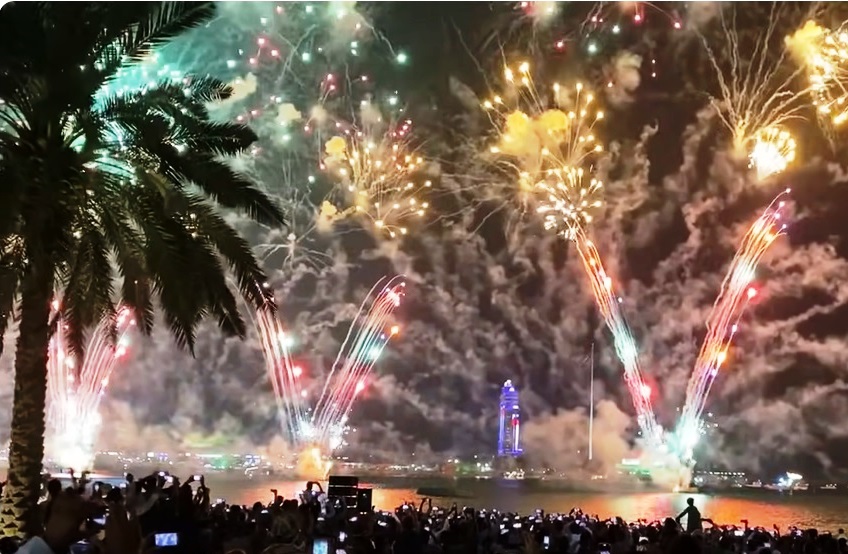The gas price conundrum
If the Indian government is keen on encouraging the use of this clean fuel, any future domestic gas pricing formula must take into account the ability of a reasonably well-balanced, unsubsidised domestic market to absorb the price
The issue of gas pricing has become the focus of public discourse in the wake of the resignation of the Aam Aadmi Party (AAP) government in Delhi. In an interview to a television channel, Mr. Arvind Kejriwal, the AAP leader and former Chief Minister of Delhi, drew attention to the link between gas prices on the one hand and food security, electricity access and urban transport on the other. He also questioned the logic of tethering gas prices to market rates (U.S. $4-20/mmbtu (million British thermal units) now and U.S. $8/mmbtu from April) when the cost of producing gas from the KG D-6 gas field is only one U.S. dollar per unit, as per the producer’s own admission.
It is well-known that gas, being less fungible than oil, does not have a single global marker price. In the absence of capital-intensive fixed infrastructure for transportation — in the form of pipelines or Liquefied natural gas (LNG) terminals and cryogenic ships to carry the liquefied gas to markets, gas markets tend to be segmented. A range of gas prices exist across the world. Henry Hub, to which North American producers ship their gas, is a highly competitive market where prices rule around U.S. $4/mmbtu currently, thanks to the shale gas boom in the U.S. Europe, tied to piped gas supplies from Russia and North Africa, pays long-term contract prices that range from U.S. $6 to $8/mmbtu and then there is the Asia-Pacific market which is largely dependent on LNG supplies and hence pays anywhere up to U.S. $18/mmbtu.
In the absence of a global market price for gas, how should India’s domestic gas price be fixed? In the case of crude oil, nearly 75 per cent of which is imported, the remaining 25 per cent that comes from domestic production is priced at import parity, i.e. at global market price. Imported gas constitutes a third of our consumption. Should the remaining two-thirds of domestically produced gas also be priced at import parity then?
It is elementary economics that in market economies, prices are delinked from costs. Prices are determined by supply and demand. Does it mean that we should let market forces of demand and supply find their own equilibrium to arrive at the right price for gas? Ideally, that would be the right thing to do. Except that gas is not just any commodity and we are not exactly in an ideal market condition.
Effects of a price hike
Gas is a resource that is fundamentally linked to our food security and to our energy security. Gas is the main feedstock that goes to make fertilizers. Nearly 35 per cent of the gas consumed in our country is by the fertilizer industry which is already heavily subsidised by the government. When gas prices go up, this subsidy component will further skyrocket. That means, transferring money from the exchequer to the private gas producer’s pocket via the fertilizer subsidy or facing a drastic drop in food grains output.
The other major consumer of gas in India is the power sector whose finances are in a precarious state for many reasons including huge commercial and technical losses referred to as theft and dacoity (T&D) losses. Until T&D losses are reduced to acceptable levels, the power sector cannot absorb higher gas prices.
Do we then go back to building more of those polluting coal-based generating stations? Assuming we can produce and transport more coal, that is.
The third most important consumer segment is Compressed natural gas (CNG) for public transport and piped cooking gas in around 20 cities. Already CNG prices are almost at a par with diesel prices, driving CNG vehicles out of the market. Only public transport in Delhi and a few other cities still runs on CNG, the former, bound by a Supreme Court mandate. Any further hike in CNG prices will seriously jeopardise the expansion of clean transport in our cities.
Similarly, subsidised Liquefied petroleum gas (LPG) is already crowding out piped gas in many cities. Hiking piped cooking gas prices, even if politically feasible in an election year, will also stall the expansion of piped gas connections, clearly a retrograde move from the standpoint of pollution.
RIL and gas shortage
Even if we dismiss all of this citing inefficiency of our fertilizer, power and transport sectors, there are other compelling reasons for not pricing gas purely on the basis of supply and demand. First of all, in the absence of a global marker price, global demand and supply would be irrelevant for pricing gas in the Indian market. That leaves domestic demand and supply. Today, there is a serious supply shortage in the domestic market created by the very entity which now claims a higher gas price. Reliance Industries Limited (RIL) had claimed it would produce 80 million metric standard cubic meter per day (mmscmd) of gas and even went ahead and built a cross-country pipeline from the KG D-6 well to transport this quantity. Gas output from KG D-6 never reached anywhere near 80 mmscmd in all the four years since the well commenced production. Currently, production is only around 13 mmscmd.
But all those industries that came up on the promised plenty — 80 mmscmd — are now stranded for want of gas or are paying for hugely expensive LNG or naphtha to keep their plants in operation. City gas distribution (CGD) in a dozen cities, which also came up on the back of promised output from KG D-6, has slowed down considerably since CGD companies have to now buy costly LNG. The characteristic of a gas-based industry is such that the consuming industries will have to be set up in synchronisation with a production schedule and the transportation network.
The dwindling gas output from the KG D-6 field is attributed to an escalation in production costs necessitated by geological challenges, a claim that is still being verified by the Comptroller and Auditor General (CAG). Even if verified and found to be true, it is a well-established fact that in production sharing regimes such as the one India has, the operator assumes all project risks. By claiming revision in gas price to take care of the claimed cost escalation, RIL has sought to transfer the risk to the government, in violation of market ethics, norms and widely accepted practices.
The government, instead of enforcing the contract and ensuring that the operator delivers the promised volumes, not to mention penalising the operator for causing extensive losses to stranded gas consumers, has chosen to double KG D-6 gas prices hoping to cajole RIL to ramp up gas production from KG D-6 to its promised levels. The decision, which according to the AAP will deliver a further Rs.53,000 crore into RIL’s coffers, is not just ill-advised, but unconscionable.
Flawed pricing formula
Going back to gas pricing, in the absence of a global marker price, how does one price domestic gas? The Rangarajan Committee recommendation now being implemented by the government, is based on a convoluted weighted average price of the three gas markets — the Henry Hub, the European markets and the Asia-Pacific market. The last is dominated by Japan, China, Taiwan and South Korea, all woefully gas-deficient and hugely dependent on imported LNG. Their desperation to ensure fuel security has pushed up LNG prices so steeply that their weight in any pricing formula is bound to skew it on the higher side.
Instead of imposing this formula, gas pricing should be determined by the domestic market. RIL’s current price of U.S. $4-20/mmbtu itself was based on competitive bidding by the company from prospective gas-based electricity generators before it commenced commercial production. The bidding did not take place at a time of acute gas shortage and hence got pegged at a level that was considered acceptable in the domestic gas market, although there is no rationale for fixing the price of a domestic commodity in dollar terms. A similar bidding process is not feasible under the current supply shortage situation, especially one caused by RIL itself. Until such time RIL makes good its commitment and restores the demand-supply balance in the market, no gas price increase is justified.
If the Indian government is keen on encouraging the use of this clean fuel, any future domestic gas pricing formula must take into account the ability of a reasonably well-balanced, unsubsidised domestic market to absorb the price.
(Sudha Mahalingam is former Member, Petroleum and Natural Gas Regulatory Board.)
Please note that under 66A of the IT Act, sending offensive or menacing messages through electronic communication service and sending false messages to cheat, mislead or deceive people or to cause annoyance to them is punishable. It is obligatory on kemmannu.com to provide the IP address and other details of senders of such comments, to the authority concerned upon request. Hence, sending offensive comments using kemmannu.com will be purely at your own risk, and in no way will Kemmannu.com be held responsible.
Similarly, Kemmannu.com reserves the right to edit / block / delete the messages without notice any content received from readers.
Obituary : Miss Judith Lewis (91), Milagres A Ward, Kallianpur

Rozaricho Gaanch April, 2024 - Ester issue

Final Journey Of Theresa D’Souza (79 years) | LIVE From Kemmannu | Udupi |
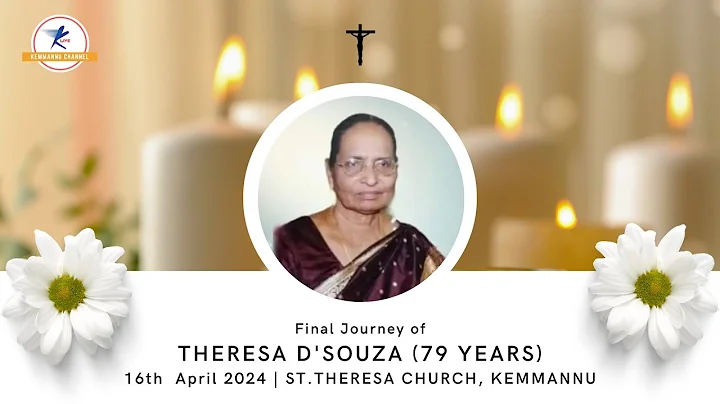
Invest Smart and Earn Big!
Creating a World of Peaceful Stay!
For the Future Perfect Life that you Deserve! Contact : Rohan Corporation, Mangalore.
Final Journey Of Joe Victor Lewis (46 years) | LIVE From Kemmannu | Organ Donor | Udupi |

Milagres Cathedral, Kallianpur, Udupi - Parish Bulletin - Feb 2024 Issue

Way Of Cross on Good Friday 2024 | Live From | St. Theresa’s Church, Kemmannu, Udupi | LIVE

Good Friday 2024 | St. Theresa’s Church, Kemmannu | LIVE | Udupi

2 BHK Flat for sale on the 6th floor of Eden Heritage, Santhekatte, Kallianpur, Udupi
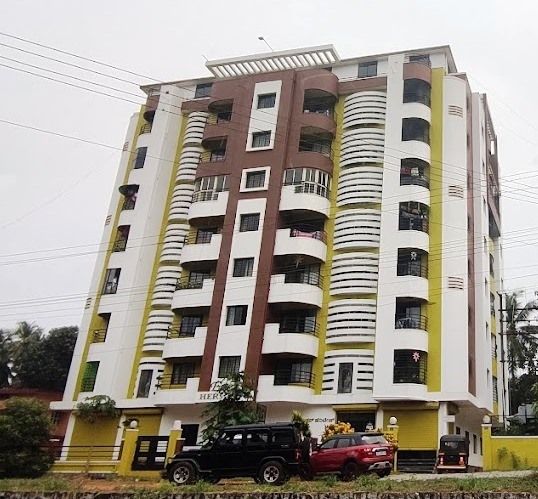
Maundy Thursday 2024 | LIVE From St. Theresa’s Church, Kemmannu | Udupi |

Kemmennu for sale 1 BHK 628 sqft, Air Conditioned flat

Symphony98 Releases Soul-Stirring Rendition of Lenten Hymn "Khursa Thain"

Palm Sunday 2024 at St. Theresa’s Church, Kemmannu | LIVE

Final Journey of Patrick Oliveira (83 years) || LIVE From Kemmannu
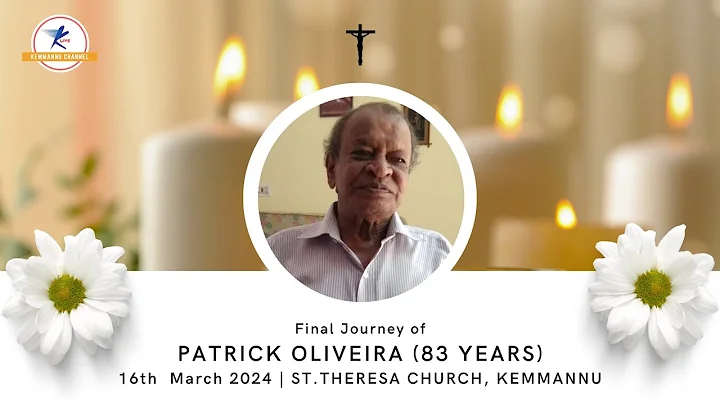
Carmel School Science Exhibition Day || Kmmannu Channel

Final Journey of Prakash Crasta | LIVE From Kemmannu || Kemmannu Channel
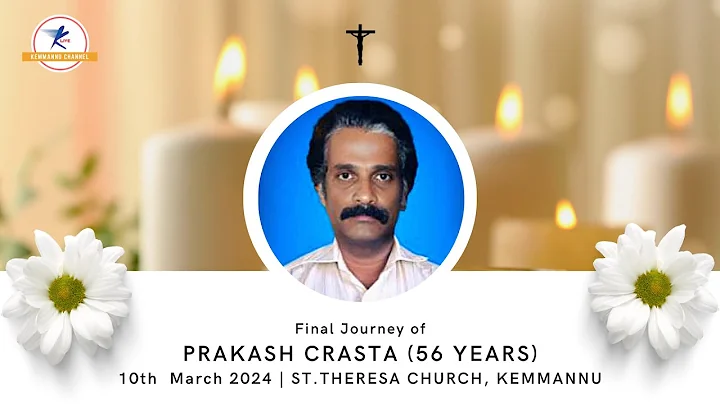
ಪ್ರಗತಿ ಮಹಿಳಾ ಮಹಾ ಸಂಘ | ಸ್ತ್ರೀಯಾಂಚ್ಯಾ ದಿಸಾಚೊ ಸಂಭ್ರಮ್ 2024 || ಸಾಸ್ತಾನ್ ಘಟಕ್

Valentine’s Day Special❤️||Multi-lingual Covers || Symphony98 From Kemmannu

Rozaricho Gaanch December 2023 issue, Mount Rosary Church Santhekatte Kallianpur, Udupi

An Ernest Appeal From Milagres Cathedral, Kallianpur, Diocese of Udupi

Diocese of Udupi - Uzvd Decennial Special Issue

Final Journey Of Canute Pinto (52 years) | LIVE From Mount Rosary Church | Kallianpura | Udupi
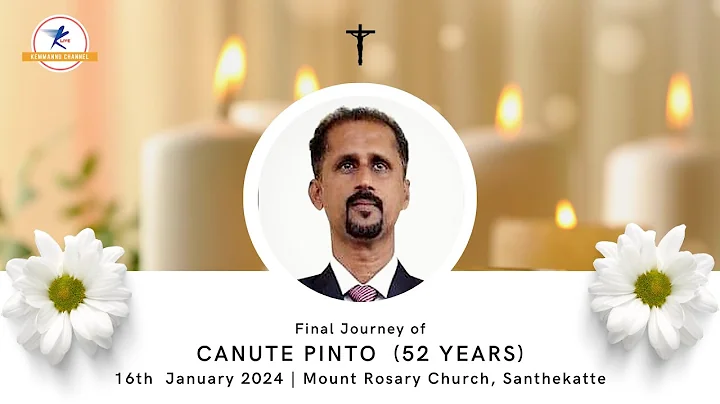
Earth Angels Anniversary | Comedy Show 2024 | Live From St. Theresa’s Church | Kemmannu | Udupi

Kemmannu Cricket Match 2024 | LIVE from Kemmannu
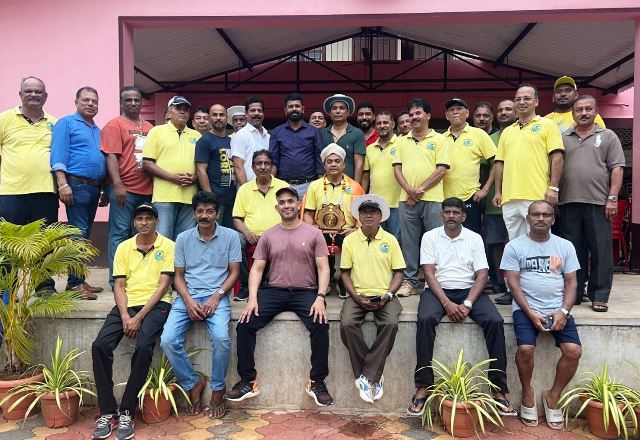
Naturya - Taste of Namma Udupi - Order NOW

New Management takes over Bannur Mutton, Santhekatte, Kallianpur. Visit us and feel the difference.

Focus Studio, Near Hotel Kidiyoor, Udupi


Earth Angels - Kemmannu Since 2023

Kemmannu Channel - Ktv Live Stream - To Book - Contact Here

Click here for Kemmannu Knn Facebook Link
Sponsored Albums
Exclusive
An Open ground ‘Way of the Cross’ observed in St. Theres’s Church, Kammannu. [Live-Streamed]
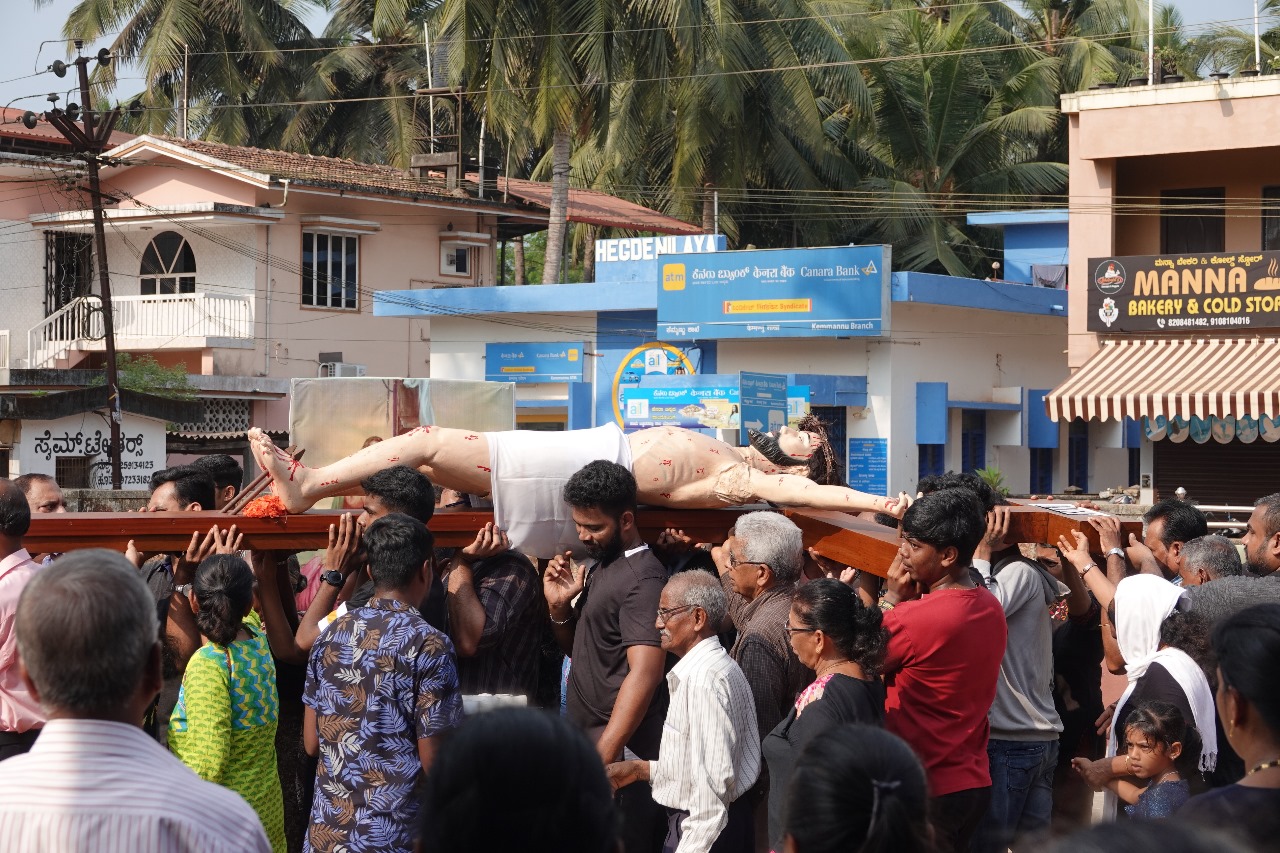
Udupi Bishop Most Rev. Gerald Issac Lobo Celebrates Palm Sunday at Kemmannu Church

The architect of various Churches, Schools, Hospitals and Colleges….. Msgr Denis Jerome D Souza.

Konknani Writers’ Association Literary Award Conferred on Dr. Gerald Pinto

Celebrating Love Across Languages: A Valentine’s Day Special

Udupi: Kemmannu.com Journo Richard D’Souza Felicitated by Paryaya Sri, Sri Sugunendra Tirtha Swamiji.

Let the unity of senior players be an example to the youth - Gautham Shetty - Alfred Crasto Felicitation - Match Livestream.
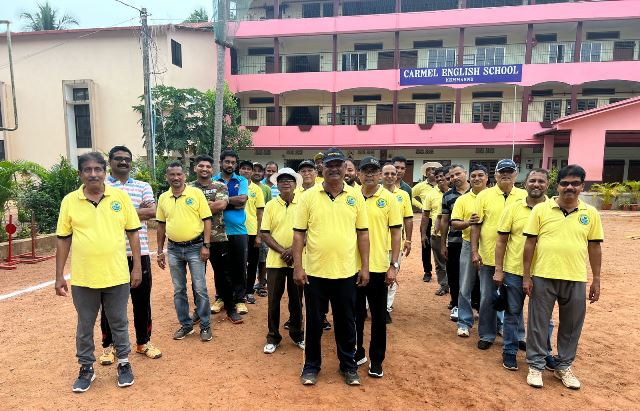
Bali, Indonesia: Royal Singaraja Award to Mangalorean NRI Philanthropist Dr. Frank Fernandes. [Video]

MTC - Milagres towards Community – An Outreach program on 14th December, 2023
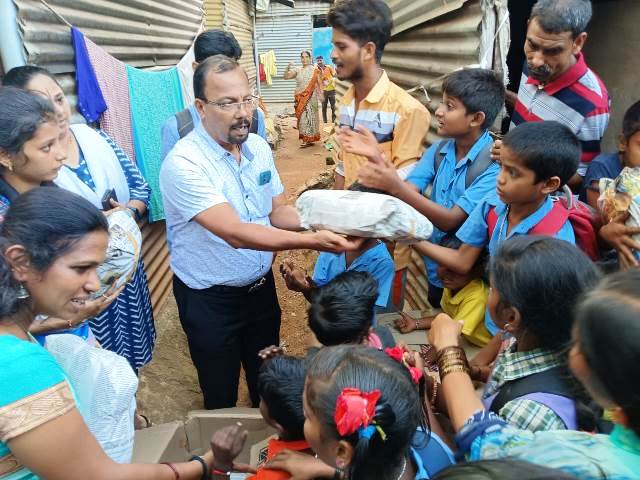
 TODAY -
TODAY -

 Write Comment
Write Comment E-Mail To a Friend
E-Mail To a Friend Facebook
Facebook Twitter
Twitter  Print
Print 